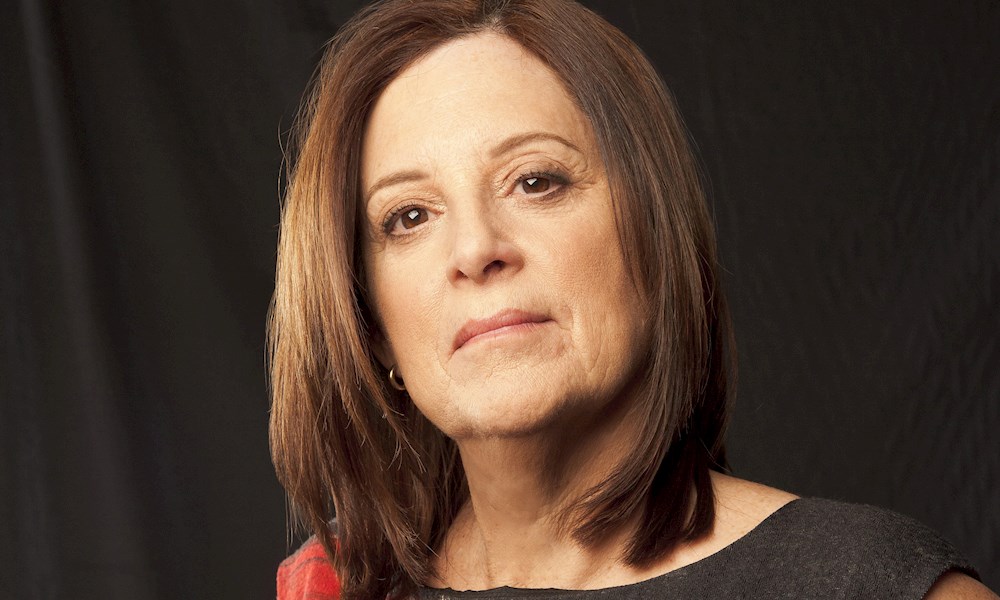- DataArts News
Answering Your Questions About Fundraising
- Posted Dec 03, 2019
Karen Brooks Hopkins serves both as an intellectual partner and counsel, working with SMU DataArts' leadership on the critical issues prevalent in the arts and culture field, as well as an ambassador for the research center.

Many thanks to all who listened and participated in our webinar, The Fundraising Report: What Leadership and Board Members Need to Know, on September 24th. Zannie and I were delighted that so many of you wanted to discuss SMU DataArts’ findings related to fundraising. Clearly, this is a crucial and complicated topic that impacts every not-for-profit arts organization across the nation.
--------
Did you miss this webinar?
Get key insights into the latest findings on fundraising to help maximize efforts and diversify your donor profile. Listen Now
---------
Many of you wrote to me after the webinar asking for some tips regarding strategies to (i) increase individual giving; (ii) reach young audiences; and (iii) generate more prospects for smaller organizations. Here are some thoughts:
Individual Giving

The best news for arts organizations vs. other not-for-profit organizations is that we have audiences! Individual supporters, in the best possible scenario, come straight out of their seats and onto our donor lists.
- Are you diligently researching those who attend your shows and exhibitions?
- Have you thought about ways to capture email addresses (such as contests for free tickets or volunteer ambassadors in the lobby pre-show)?
- Are you reaching out, via email, to those who just attended a show or event on the day after (not week after, but day after – you need to strike while the iron is hot!) the person has seen your work?
- Are you communicating with your audiences regularly (again, don’t overdo it – use your judgement) about specific events you think they would like?
Simply by looking at their previous attendance pattern, you can deduce what might appeal to any specific attendee. Personnel attendance, thoughtful, organized follow-up and good service win the day.
And then, once you have them in the family, the next question for a future post is: How do we move them up the food chain and increase their commitment – financial and personal?
Final words on this, good manners and common sense are a large part of fundraising success. You can do this!
Diversifying Your Donor Profile
Younger generations are very busy these days and many organizations are vying for their attention. From participating in a range of social obligations to keeping up with the endless news cycle, these kids are swamped. In order to break through the clutter, you need to identify “hosts” in your database who will reach out to their friends and bring them into the fold. Finding a great “host” is, however, only the first step. You need to help with every step of the process:
- Plan an event that your host believes would be fun and engaging for her peers;
- Work together on prepping the invite lists;
- Discuss and plan the pitch and follow-up;
- Make your host feel great about being involved. Even if you feel “desperate” about securing new gifts and new friends, don’t load your anxiety on your host. If you just expect her to bring her rich friends and hand out the money, you will probably be deeply disappointed;
- Don’t take on more events than you can handle. Donors feel it when you are stressed;
- Be creative and imaginative. Not every event should be the same. Think about it. You want the whole gang to share and discuss their experience for weeks after the event… on their social media, of course!
Final words on this, ask the young people on your staff for ideas. They know more about this than you do. At BAM, we had a youth marketing committee consisting of our young staff for our 150th anniversary. They had great ideas including TAKEOVER, an all-night celebration featuring a variety of shows and beverage options in all of our venues. The performances were great and the $3.00 drinks kept the crowds coming all night long!
Small is Beautiful
Sometimes it can feel overwhelming to compete with large organizations who have substantial resources, powerful board members, and large sophisticated venues and administrative staff, but today the world often favors the small, scrappier player. Small organizations are more flexible, often more original, and can tackle the toughest, most controversial issues through their programs.
Use your size to your advantage. Let the public know (through all the free social media messaging options at your disposal) that, while the “Bigs” may be easier to find, coming to your show or exhibit is an adventure and a discovery. We used to say to our audience members in the earlier days of BAM’s evolution from Brooklyn outpost to larger and more powerful multi-venue organization, “your friends will find their way to Lincoln Center by themselves, but they need you to bring them to BAM.” Make it a matter of pride, and then, of course, you must deliver the best experience.
Final words on this, think about partnering with the best, most respected large organizations in your community on a visionary project. Funders today want small organizations to succeed, so don’t underestimate what you bring to such a partnership. Make sure you iron out the terms in advance so you get visibility and respect. The large partner has resources, so working with them on behalf of a great idea will benefit both institutions. But you must hold up your end in the delivery of goods, meeting deadlines and carrying your share of the load. That’s what equal partners do.


